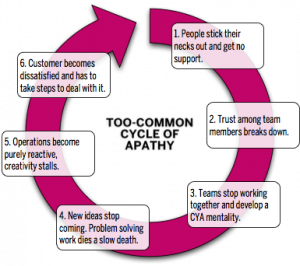SDLC
While assisting an IT department through a Sarbanes-Oxley (SOX) audit, I had to document an organization's Systems Development Life Cycle (SDLC). The SDLC includes activities and functions that systems developers typically perform, regardless of how those activities and functions fit into a particular methodology. Many assume SDLC is referring to a software development process. In turn, there's a lot of debate about different development practices and approaches. For example, when I lead Scrum teams for an organization, as part of an overall SDLC, all of the Scrum activities took place during the Implementation phase. When changes were deployed to the Production environment, the Support team leveraged Kanban. From Planning to Analyzing to Designing, they leveraged a Waterfall process. It all began with a request for a change. Because a picture is worth a thousand words, Pictofigo has created a SDLC poster, with a little input from me. You can either purchase it from CafePress as a poster or you can download it from the Premium Pictofigo site.


